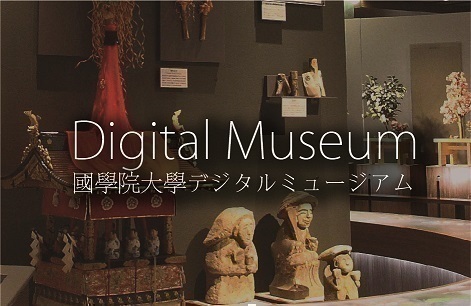- トップ
- Encyclopedia of Shinto
- Kamuwaza
Encyclopedia of Shinto
| Main Menu: | |
| Links: |
詳細表示 (Complete Article)
| カテゴリー1: | 7. Concepts and Doctrines |
|---|---|
| カテゴリー2: | Basic Terms |
| Title | Kamuwaza |
| Text | Also written 神業 and神事, and pronounced alternatively kamiwaza and kanwaza. It refers to that which concerns the kami or the acts of the kami. It clearly refers to rites performed for the kami, as in Engishiki, in the section concerning the officers of the Middle Palace: "After the rites (amuwaza) performed by the emperor during the festivals of the sixth and twelfth months (involving greeting the kami and taking a meal with them) and the Niinamesai of the eleventh month, at dawn the next day, make offerings at the Jingikan and the Palace." Kogo shūi also says, "From the Age of the Kami (kamiyo) the Nakatomi and the Inbe have had charge of kami affairs (kamuwaza)." It is also used in a special way to refer to the old-fashioned song, music and dance of the Kuzu of Yoshino (an isolated mountain community of the Yamato region that maintained ancient customs; members of the Kuzu participated in court ritual in the Nara and Heian periods). In the section on the Kuzu in Shinsen shōjiroku [Yamato no kuni no shinbetsu], it is said that the kamuwaza performed by the Kuzu has continued down to the present among the descendants of those who received the name Kuzu from Emperor Jinmu when they presented offerings on the seventh day of the seventh month in the thirty-first year (kinoto no hitsuji) of the Emperor Ingyō's reign. — Nishioka Kazuhiko |




